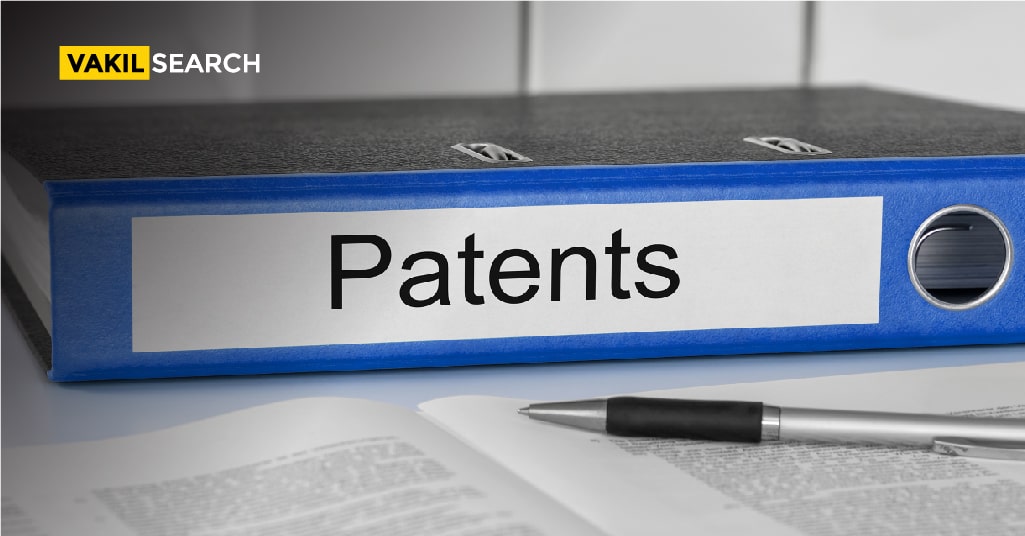A provisional patent application is a document that is filed in the patent office before filing the intricate details of the invention through the complete specification. It gives a mere outline of the invention and enables the inventor to fix the date of priority much earlier. However, it is not mandatory to file the provisional specification and the inventor can opt to file the complete specification directly.
The Indian Patents Act, of 1970 governs the procedures for the provisional patent application in India. Once a novel and a unique invention that possesses an industrial utility are patented, exclusive proprietary rights are vested in the inventor. To know more about the process to file a provisional patent application, read here.
Provisional patents are legal documents filed with the USPTO to establish an invention’s early file a provisional patent application date. To prolong its provisions beyond the 12-month period of the provisional patent, you must petition for a nonprovisional patent. This 12-month deadline cannot be extended, thus if you fail to file the nonprovisional patent within the specified timeframe, your invention will no longer be protected by a patent.
Acquiring a patent on a particular invention would prevent everyone other than the inventor from monetizing it. The Patent Act of 1970 has provided numerous guidelines that handhold inventors and patent professionals and help them acquire the patent.
The first and foremost subject to touch upon in acquiring patents is to learn about the patent specification documents. The specification documents are techno-legal documents and are quite complicated. The patent specification purports to serve two purposes.
Firstly, disclose the invention to the public so it can be worked upon once it falls into the public domain after the patent expires. Secondly, to identify the parts of the invention that the inventor claims exclusivity for.
The Patent Act, 1970 has categorised the patent specifications into two types:
- Provisional Specification
- Complete Specification.
The drafting process begins with the patent search, wherein the inventor or the patent professional, say a patent agent or a patent attorney, checks the invention against state-of-the-art in the field of the invention. This is done to ensure that the invention seeking to be patented is a new idea and also to check if the invention would infringe any existing patents.
Once it is done, the drafting of the specifications is taken up. The most important specification that sets the priority date for the patent is the provisional specification. The specification gives an outline of the invention without going into specifics. The complete specification must be filed within 12 months of filing the provisional specification.
This is the most crucial document as it discloses the invention completely, and the inventor asserts exclusivity of the patent through the claims. However, the Act allows the applicant to file the complete specification directly without having to file the provisional specification.
If that’s the case, why is it often urged experienced professionals to file the provisional specification before the complete specification? A detailed analysis of the importance of a provisional patent application may be required to answer this question.
Why Is the Provisional Patent Application Filed Even When It Is Not Mandatory?
The purpose of a provisional patent application is to enable the invention to get protection even before filing a complete specification. To draft a complete specification, enormous detailing about the invention is required. It often takes months together to complete the R&D (Research and Development) for most of the inventions.
It might be too challenging to get a priority date if one waits to figure out the invention and thereafter files the complete specification.
Thus, by filing the provisional specification with the sketchy details of the invention, the inventor could get a priority date set. Further, a provisional patent application does not demand the invention’s claims or diagrams and is much cheaper to file.
Once the provisional patent application is filed, the inventor has 12 full months to work on the invention and decide on the claims, after which the complete specification will be filed. The provisional specification, therefore, acts as interim protection to inventors, thereby buying them more time to work on the invention.
Once a provisional patent application is filed, the inventor can even begin marketing the products with the tag ‘Patent Pending’ on the products. This would notify the public and the potential competitors that no one can imitate or attempt to market the product as the inventor is working on it further to get it patented.
Merits of Filing a Provisional Patent Application:
i) Economical
By filing the provisional patent and obtaining the date of priority, the inventor not only gets time to work on the invention, but they can also look for funds for marketing the invention and hire a patent agent to draft the complete specification impeccably. The filing charge for a provisional patent application is relatively lower than for a complete specification.
ii) Interim-Protection for the Invention
From to ile a provisional patent application specification, the invention stands protected for 12 months, even before disclosing the entire invention in the complete specification.
This chance of availing interim protection would not be possible if the inventor fails to furnish a provisional patent application.
iii) Priority Date
Filing patents is literally like a race against time. When two quite similar patents are filed, the patent is granted to the one that was filed earlier among the two. By filing the provisional specification as soon as the inventor gets a path-breaking idea, the priority date is set to the date to file a provisional patent application.
Alternately, if the inventor takes months to develop the whole invention and then files a complete specification directly, the priority date will be pushed to a much later date.
iv) Patent – Pending
The inventor can market the products with the label ‘patent-pending’ attached by filing the provisional. This is as good as claiming that the product will soon be patented and none in the market can infringe on it.
v) Foreign Priority
By filing a provisional specification, an inventor can simultaneously apply for patents in other countries that are members of the Paris Convention with the same priority date. Paris Convention is an agreement among the selected countries that have agreed to recognise the patent priority among the signatory countries.
Thus, a provisional patent specification is an affordable way to secure a patent while the invention is still being researched. Yet, no hard and fast rules mandate filing a provisional specification. A provisional specification filing also largely depends on the business goals.
The fact that filing a provisional patent application has nothing to lose and a lot to gain is the only criteria that matters. If you have any queries reach out to Vakilsearch right now!
Read More:-










